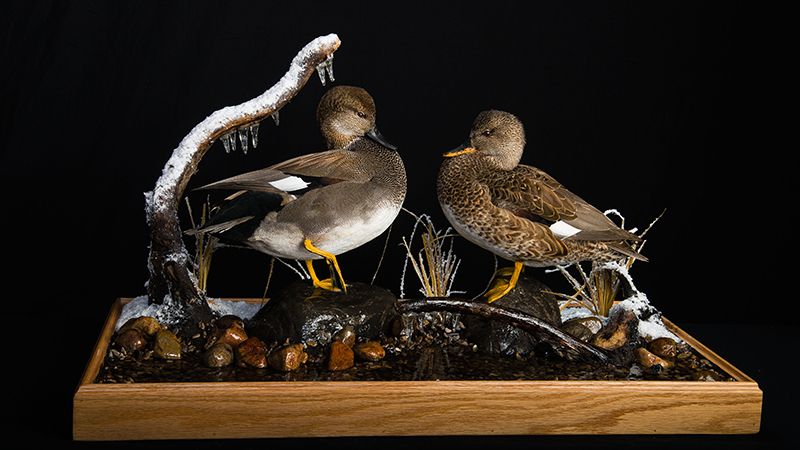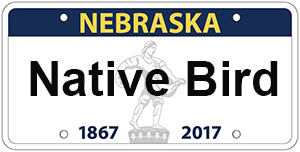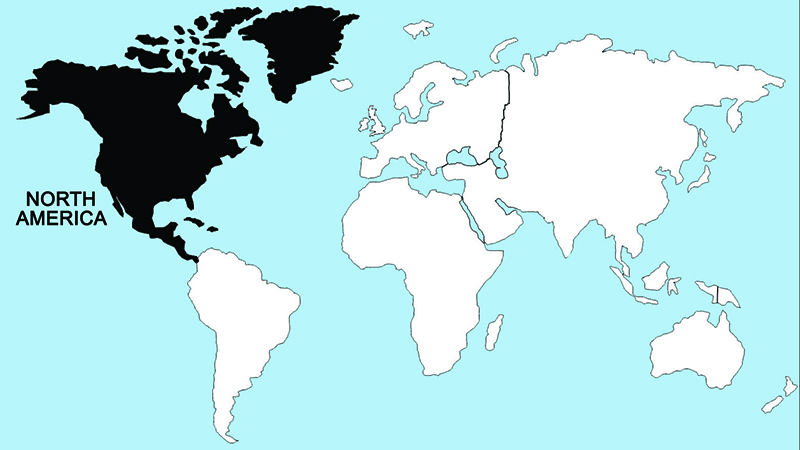Gadwall

The gadwall's lack of iridescent plumage sets it apart from nearly all other widespread Northern Hemisphere dabbling ducks. However, this name does not begin to suggest the subtle beauty present in the fullplumaged gray, buff, and brown male, with its two-toned brown head, delicately scalloped and penciled grayish breast and flanks, and black rump. The mostly white wing speculum is perhaps the best field mark for recognizing gadwalls of either sex and in any plumage. As their scientific name implies, gadwalls are somewhat obstreperous during their prolonged fall-to-spring courtship period.
Pairs have normally been formed by the time the birds arrive on their northern prairie breeding grounds. These often consist of rather alkaline, permanent marshes, especially those having grassy islands that offer ideal nesting cover. Sometimes a colony-like nesting situation develops, with several females nesting on the same small island. The males typically desert their mates while the latter are incubating their clutches of about ten eggs. Incubation requires about 26 days. After hatching, the ducklings are gradually moved to larger and deeper marshes during their 50- to 60-day fledging period. By the time the young have finally learned to fly, it is early autumn in central and northern Canada, and the fall migration soon begins.
Regions Birds Are Found


Collection Location & Year
U.S. - South Dakota 1999
Taxonomy
| Order | Anseriformes |
|---|---|
| Family | Anatidae |
| Tribe | Anatini |
| Species | Anas |
| Genus | strepera |
Gender
Female & Male
References
- Johnsgard, P. A. 1975a. North American Game Birds of Upland and Shoreline. Lincoln, NE: Univ. of Nebraska Press.
- Johnsgard, P. A. 1978. Ducks, Geese and Swans of the World. Lincoln, NE: Univ. of Nebraska Press.
- Elliot, A., J. del Hoyo, J. Sargatal, and C. Imboden, eds. 1992. Handbook of Birds of the World. Vol. 1 (Ostriches to Ducks). Barcelona, Spain: Lynx Editions.
- Kear, J. 2005. Ducks, Geese and Swans. London, UK: Oxford University Press.